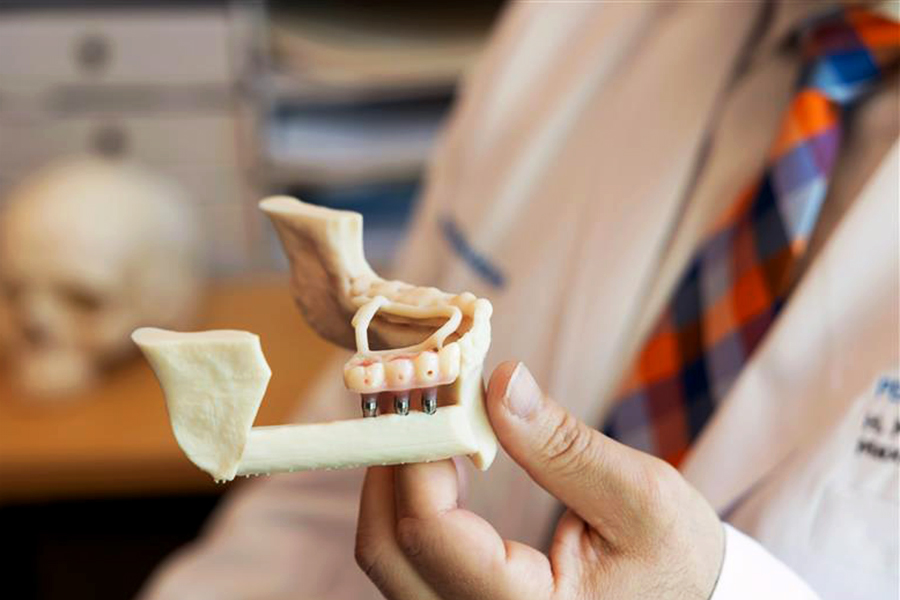May 20, 2020
As the spread of COVID-19 continues to gradually decline in Northern California, Kaiser Permanente is transforming health care practices to keep members safe and to prevent further outbreaks in the communities it serves.
In the absence of a vaccine — which is at least a year away and probably longer — a multi-part “suppression strategy” aims to reduce exposure among Kaiser Permanente’s 4.5 million Northern California members while safely continuing in-person care such as cancer treatment, births, emergency care, and many elective surgeries.
The strategy incorporates some pre-COVID-19 programs, such as telehealth and mail order pharmaceutical services, and it refines new programs developed over the last 3 months.
In addition, Kaiser Permanente will use member feedback and data analytics to predict and control future outbreaks in communities.
Telehealth, Mail Order Pharmaceuticals
“A lot of the visits we did in person can be done safely by video,” said Dr. Stephen Parodi, associate executive director of The Permanente Medical Group and national infectious disease leader for Kaiser Permanente.
Up to 80% of outpatient care is now conducted through video and telephone visits. Physicians are performing as many video visits each day now as they used to do in an average month in 2019.
Another measure that reduces the number of people coming into Kaiser Permanente — and the number of potential transmissions of COVID-19 — is the existing mail order pharmacy option, which has increased from 32% of all prescriptions before the pandemic, to about 56% now, Dr. Parodi said.
“The more we can do by mail, the safer it is for members and our employees — and it’s really convenient,” Dr. Parodi said.
Care at Home
Kaiser Permanente is also exploring increasing care at home, whenever possible, for COVID-19 patients. Home care could include biometric devices such as oxygen saturation and blood pressure monitors coupled with video visits with a doctor who can evaluate symptoms in real time to treat the disease.
“By increasing care at home, mail order pharmaceuticals, and video visits, we have already significantly reduced the number of people coming into our medical centers and medical offices, which is an essential part of our suppression strategy to keep patients and care teams safe,” Dr. Parodi said.
The final element of Kaiser Permanente’s evolving suppression strategy is virus tracking and prediction.
“We are looking at our patient messaging and call center data as well as some symptom surveys to predict developing COVID-19 hot spots, and then respond to them,” Dr. Parodi said. “All of these innovations and enhancements are a doubling down of targeted outreach for routine and COVID-19 care so we can deliver the best possible health outcomes for our members.”
This story originally appeared in Inside KP






